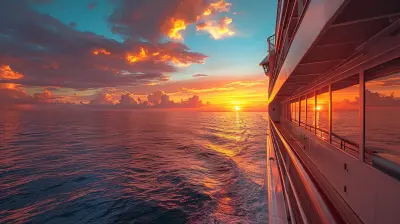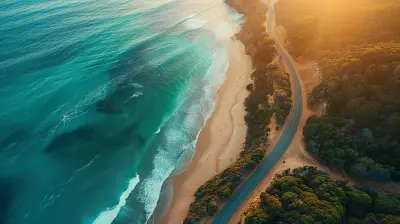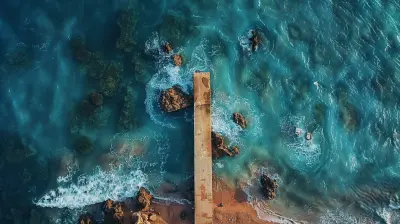Incan Heritage: A Deep Cultural Dive into Cusco
31 May 2025
Cusco, the heart and soul of the ancient Incan civilization, isn’t just any city sitting idle in the Peruvian Andes. Oh no, this place is a living, breathing mosaic of history. You see, it’s not just home to Machu Picchu's grandeur or misty mountain views (although those are undeniably stunning). Instead, Cusco is also a living testament to a culture that continues to thrive centuries after the fall of the Incan Empire. A stroll down its cobblestone streets, a chat with a local, or even a visit to its ancient ruins will transport you back to a time when the Incas ruled a vast empire.
If you’re a traveler yearning for rich stories, architectural wonders, and immersive cultural experiences, buckle up! Because this deep dive into Cusco's Incan heritage is about to take you on an unforgettable journey.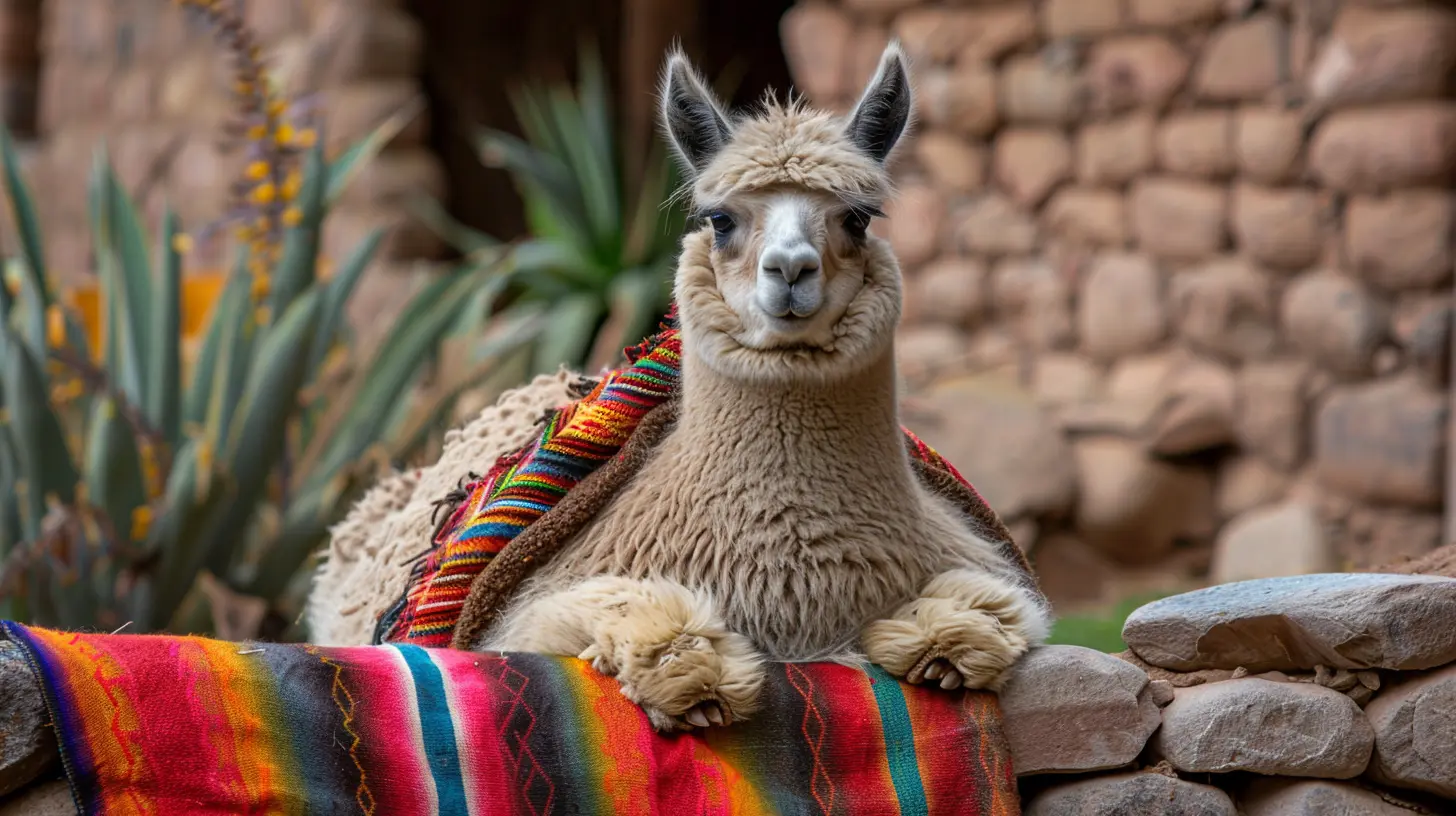
The Inca Empire: A Brief Overview
Before we get into the nooks and crannies of Cusco’s cultural gems, it’s essential to understand a bit about the empire that shaped it. The Inca Empire, at its height, was the largest empire in pre-Columbian America. It stretched from Ecuador in the north down to Chile in the south. Impressive, right?But here’s what’s even more fascinating: despite its size and diversity, the Incas managed to stitch together their vast territories using intelligent governance, advanced agriculture, and, of course, their intricate system of roads. At the heart of it all was Cusco – the “navel of the world.” Yes, you read that right. The Incas believed Cusco was the center of the universe, and it wasn’t just a figurative expression; it was a well-organized hub where political, spiritual, and cultural activities converged.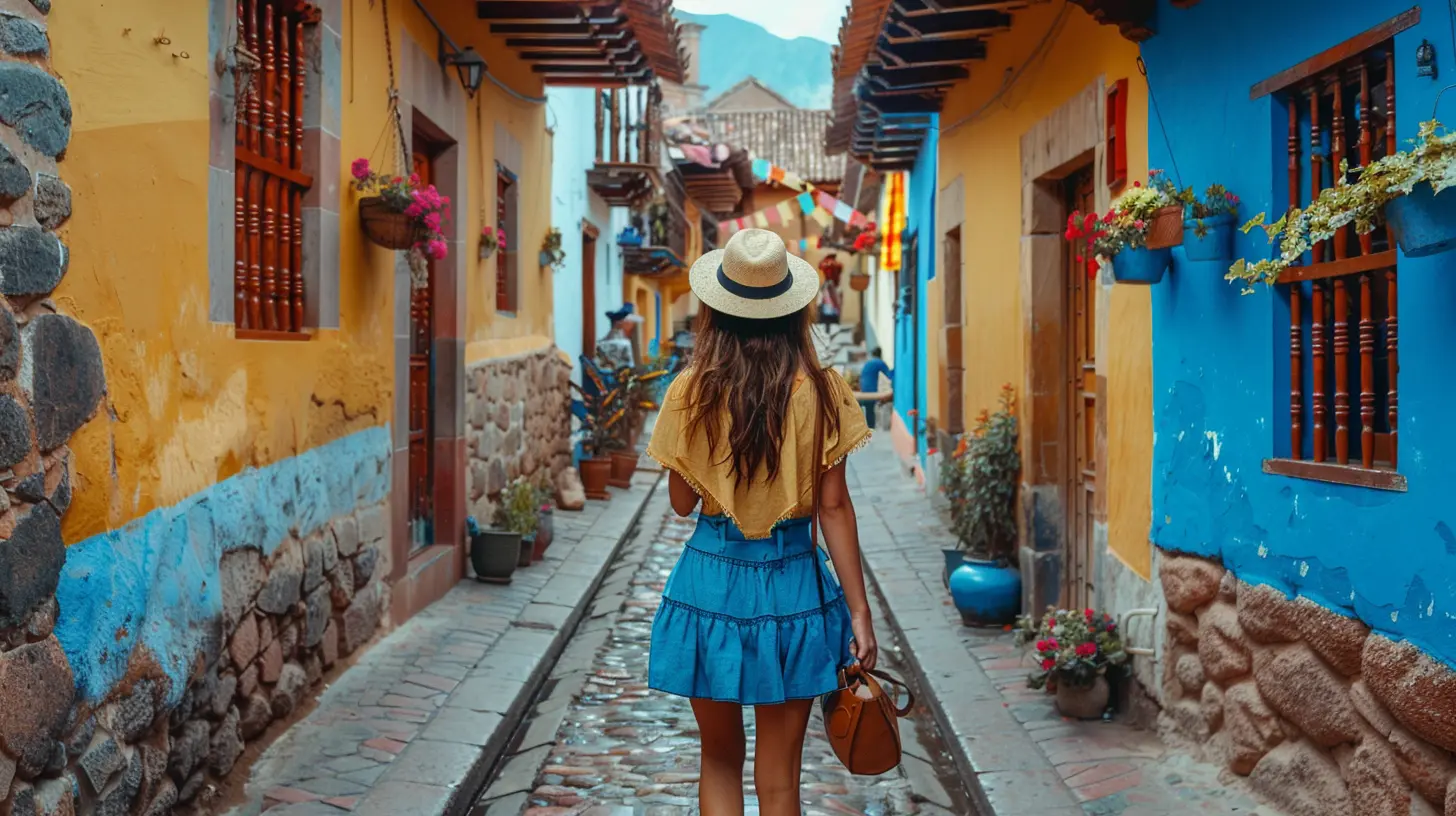
Cusco: The Sacred Capital of the Incas
The Historical & Spiritual Significance of Cusco
Let’s be real for a moment. The Incas didn’t just stumble upon Cusco and decide, “Yeah, this will do.” The location of Cusco was deliberately chosen. The Incas considered it to be a sacred city, with the surrounding mountains and rivers forming part of a cosmological system. According to Incan cosmology, Cusco was the axis connecting the three worlds:1. Hanan Pacha – the world above, home of the gods.
2. Kay Pacha – the present, physical world where humans live.
3. Ukhu Pacha – the underworld, associated with death and agriculture.
To put it simply? Cusco wasn’t just the political center; it was deeply spiritual. Every stone laid and every temple built had a purpose that went beyond function. They were a means to connect with the divine, ensuring the Incas remained protected and prosperous.
The Legacy of Pachacuti
No mention of Cusco’s Incan past is complete without bringing up Pachacuti, considered one of the greatest Incan rulers. This guy wasn’t just any ruler; he was the architect of the Inca Empire. It was Pachacuti who transformed Cusco from a modest settlement into a sprawling capital. He initiated massive construction projects, including the famous Sacsayhuamán, a fortress known for its mind-boggling stonework. Talk about leaving a lasting impression, huh?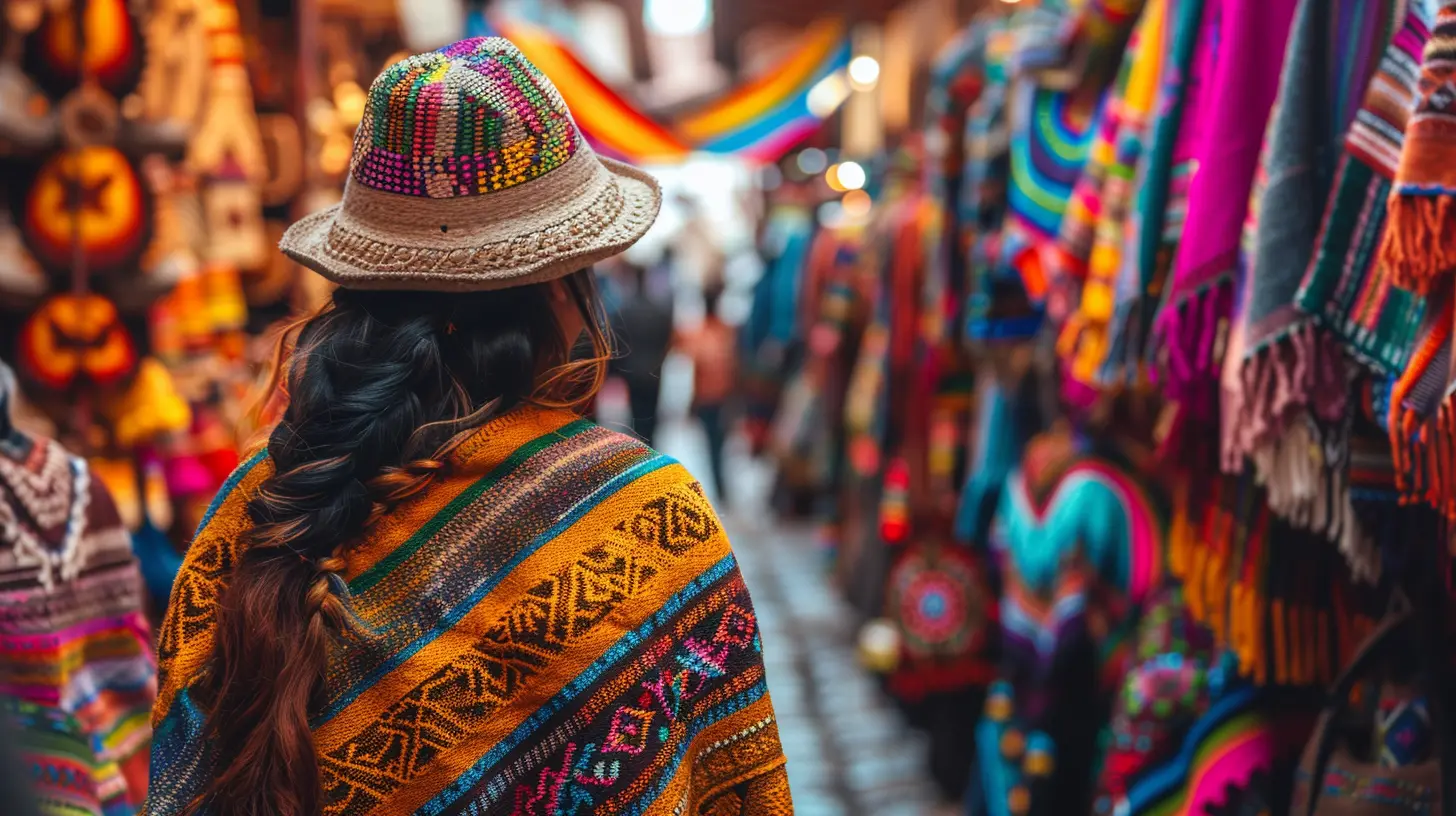
Incan Architecture in Cusco: More Than Just Stones
Mastery in Stonework
Look, I’m not going to sugarcoat this: Incan architecture is jaw-dropping — and it’s not just because of Machu Picchu. In Cusco, evidence of the Incas' advanced architectural prowess is still visible today. And believe me when I say, it's a marvel that defies logic.The architecture of the Incas is made up of two distinct styles:
1. Cyclopean Stonework – Think of massive stones fit together so tightly without mortar that you can't even slide a piece of paper between them. (Try doing that with IKEA furniture!)
2. Trapezoidal Design – Almost every doorway, window or niche was built in a trapezoid shape for earthquake resistance. Cusco is prone to tremors, and this design ensured that structures stayed upright despite the earth's occasional shake.
These methods weren’t just about durability; they were a display of power and religious significance. The Incas believed that rocks were alive, and shaping them into precise forms was a way to communicate with the gods.
Sacsayhuamán: The Stone Fortress of the Gods
One of the prime examples of Incan stonework mastery? The Sacsayhuamán fortress. Located just outside the city, this massive structure is often referred to as the crown jewel of Incan engineering. The stones used here are as tall as two stories and weigh upwards of 200 tons. And here’s the kicker – no wheels, no iron tools. Yet, these stones fit seamlessly.Sacsayhuamán wasn’t just a military fortress; it held significant spiritual importance, too. Many ceremonies and rituals were performed here, including the annual Inti Raymi (Festival of the Sun), which still takes place today.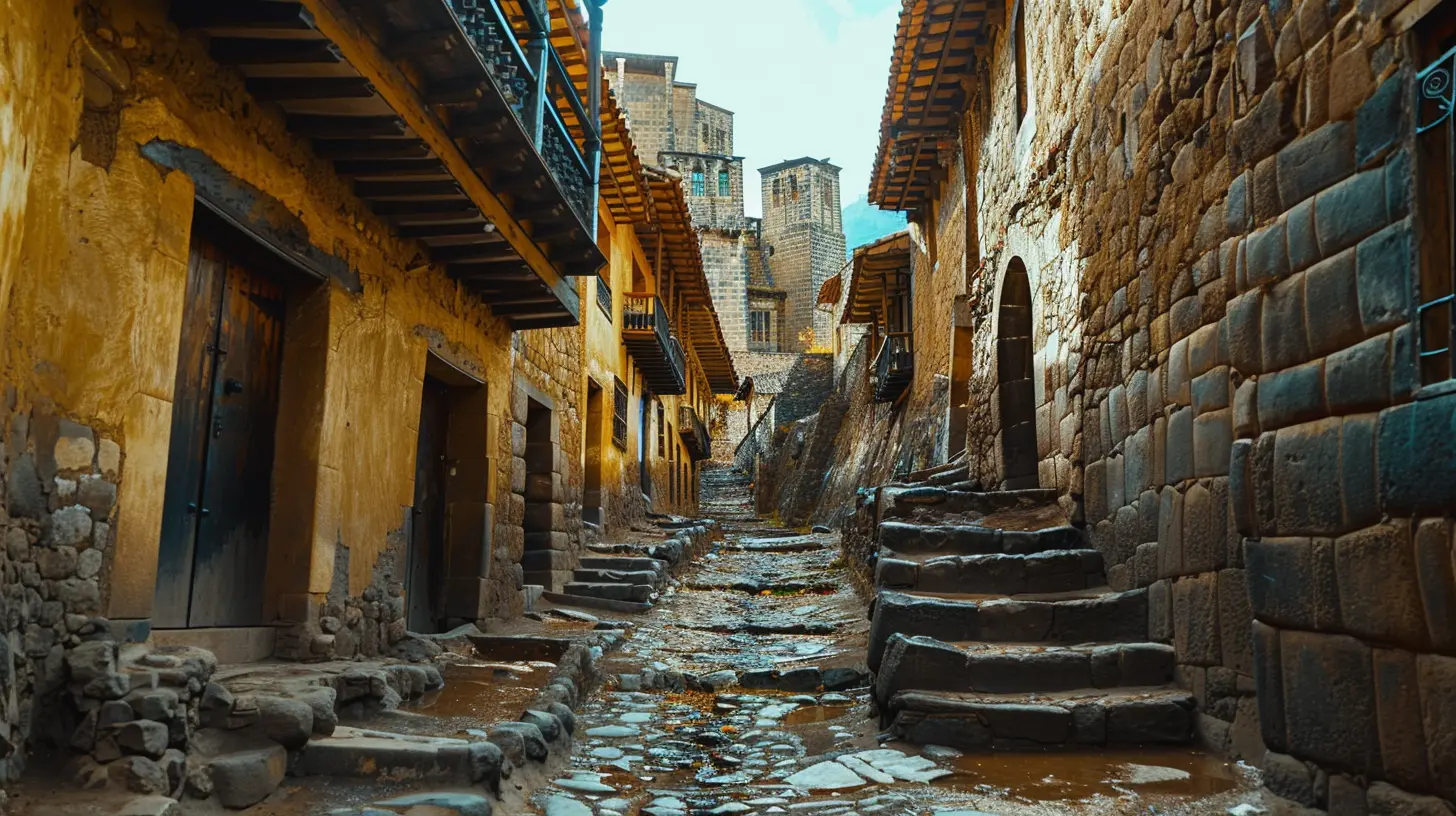
The Inca Trail: Walking in the Footsteps of the Ancients
Okay, so maybe you’re not planning on ruling an empire anytime soon, but do you want to experience the path that connected this vast civilization? Then it's time to talk about the Inca Trail. This legendary route once spanned over 25,000 miles, linking Cusco to the farthest reaches of the empire.The most renowned section today is the trek from the Sacred Valley up to Machu Picchu — a bucket-list experience bursting with ancient ruins, luscious cloud forests, and mind-blowing mountain views. The trail itself is an engineering marvel, with stone steps, tunnels, and terraces that have survived the test of centuries.
The Cusco Cathedral: Blending Incan and Spanish Cultures
Fast forward to the 16th century, when the Spanish arrived. They weren’t just here for the sights; they wanted control. And what better way to flex their dominance than through architecture?The Cusco Cathedral, built atop the foundations of an Incan temple, represents the collision of two empires. Using stones from Sacsayhuamán, the Spanish erected this grand cathedral. But here’s the thing: If you look closely, you’ll find Incan symbols carved into the walls! Yup, the native stonemasons subtly integrated their heritage into this monument of Spanish power. It’s a beautiful reminder that, despite the conquest, Incan culture refused to be erased.
Cultural Continuity: Incan Traditions That Live On
Quechua: The Language of the Incas
While Spanish is the dominant language in Cusco today, Quechua, the language of the Incas, is still spoken by many locals. And it's not just a language; it's an integral part of the region’s identity. You’ll hear Quechua in markets, during ceremonies, and in everyday conversations. It's a bridge connecting the modern world to ancient traditions.Textiles and Weaving: A Living Art
Ever wondered why Peruvian textiles are so vibrant and intricate? That’s an Incan legacy. The art of weaving was incredibly important to the Incas. Textiles were not only practical but sacred items meant to convey status, history, and religious beliefs.Today, Cusco’s markets are filled with brightly colored alpaca woolen goods, often handwoven by local artisans who continue to use traditional techniques passed down from the Incas. Want to take home an authentic piece of Incan heritage? A woven shawl or blanket is the perfect memento.
The Incan Cuisine: Savoring the Flavors of the Past
Foodies, buckle up because Cusco offers a culinary journey that’s deeply rooted in its Incan past. The Incas were master agriculturalists — they cultivated more than 3,000 varieties of potatoes (yes, 3,000), along with quinoa, maize, and other crops that still dominate the local cuisine.Pachamanca: A Feast from the Earth
One traditional dish you have to try is Pachamanca. This communal feast involves slow-cooking meats and vegetables in an earth oven, using hot stones. It’s a method dating back to the Incan era and is often prepared during festivals and family gatherings. The flavors are earthy, wholesome, and absolutely unforgettable.Conclusion: Cusco – A Living Legacy
While many historic cities around the world sit as relics of the past, Cusco is different. The city's Incan roots aren’t just confined to crumbling ruins or museum displays. They’re everywhere, blended seamlessly with the modern world. From its language and rituals to its food and festivals, Cusco remains a vibrant testament to the resilience of the Incan people.So, when you walk the streets of Cusco, remember: you're treading on sacred ground, exploring a culture that refuses to fade into the pages of history. It's a place that’ll make you feel small in the best possible way, reminding you that some legacies are truly eternal.
all images in this post were generated using AI tools
Category:
Cultural ToursAuthor:

Shane Monroe
Discussion
rate this article
3 comments
Rocket McGill
Beautiful insights into Cusco's heritage!
June 7, 2025 at 3:46 PM

Shane Monroe
Thank you! I'm glad you enjoyed the exploration of Cusco's rich heritage.
Grace Bell
Inca ruins: perfect for selfies!
June 1, 2025 at 2:37 PM

Shane Monroe
Absolutely! The stunning Inca ruins provide a breathtaking backdrop for selfies while also connecting us to the rich history and culture of Cusco.
Ivy Barlow
Exploring Cusco's Incan heritage is a journey of discovery! Embrace the rich culture and let its stories inspire you.
May 31, 2025 at 4:23 PM

Shane Monroe
Thank you! I'm glad you appreciate Cusco's vibrant Incan heritage—it truly offers a profound and inspiring experience!
